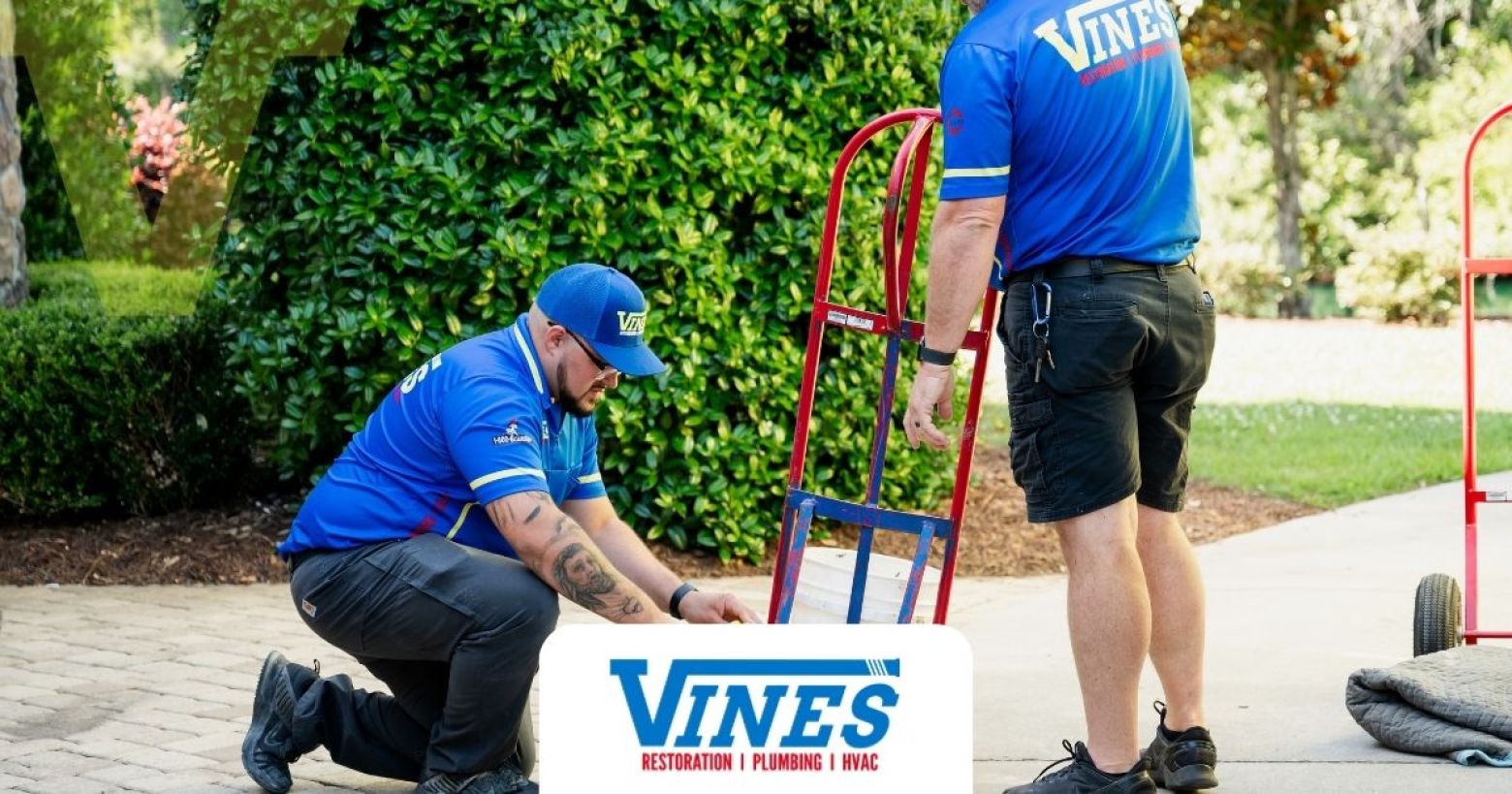Moldy Basement: Identify, Treat, and Prevent Mold Growth
One of the most likely places you’ll discover mold in your home is the basement. Your home’s basement is often dark, undisturbed, and naturally moist due to being underground in your home’s foundation, creating the ideal breeding ground for mold spores.
The key to keeping your basement mold-free lies in knowing how to identify a mold problem, treating affected areas effectively, and preventing mold growth in the future. Read on to learn how to manage mold in your basement. You can use this advice for other mold-prone parts of the home as well, such as your attic and garage.
Identify Mold in the Basement
Mold carries a particular odor, often smelling like wet dirt or an old, musty rag. You’ll notice this smell in damp areas of your basement, such as in corners, under the stairs, or near windows where moisture is likely to get in. Mold will also grow around exposed pipes.
Not all mold is black in appearance: you may see mold in your basement — or stains from mildew — that is brown, yellow, tan, pink, or green in color. Mold comes in many forms, including large uneven shapes or small dots lining walls and exposed flooring. Mold will grow nearly anywhere in the basement as long as there is humidity, including along cement and brickwork.
Treat Mold in the Basement
The first way to treat a mold problem in your basement is to identify the type of mold existing in your home. Several species of mold are common to houses, including black or toxic mold. A mold remediation specialist will identify the type of mold you are dealing with. Black mold should always be treated by a specialist.
Some species of mold, such as aspergillus, are relatively harmless and easy to get rid of with ammonia or other chemical treatment. However, treating mold on your own poses a health risk to you and your family if you don’t use the right treatments or don’t have enough ventilation in your basement to prevent spreading mold spores.
That’s why you should leave mold remediation to a professional. A water damage restoration contractor will assess your basement’s mold damage and remove all traces of mold from your home.
Prevent Mold in the Basement
Prevent mold growth by providing ventilation to keep the air dry. Install ceiling or wall fans, crack open windows, and wrap exposed pipes with insulation to prevent condensation buildup and in turn help avert future mold growth. If your climate is naturally humid, place a dehumidifier in your basement to manage humidity in your home.
If moisture is getting into your home from outside, replace or repair rain gutters and place gravel around your home’s foundation. You can also waterproof basement walls with a special material to keep mold at bay.
Your water damage restoration contractor will identify where and how moisture is getting into your basement as part of your mold remediation process. Follow your expert’s advice for keeping your basement dry to keep mold from returning.
If mold is a consistent problem in your basement, have your contractor visit your home periodically to check for new mold spores. Keeping on top of a mold problem may take more than one professional treatment, particularly if you have a very damp basement that floods or leaks easily.
Mold is a common household concern and managing the fungi is difficult to do on your own. Our team of experts at Vines Restoration Plumbing HVAC are able to identify and treat your basement’s mold problem. Call us to schedule a consultation for mold remediation and restoration services today.

Vines
Contact Us
Please fill out the form below to request an estimate or schedule service.
Contact Form
"*" indicates required fields









